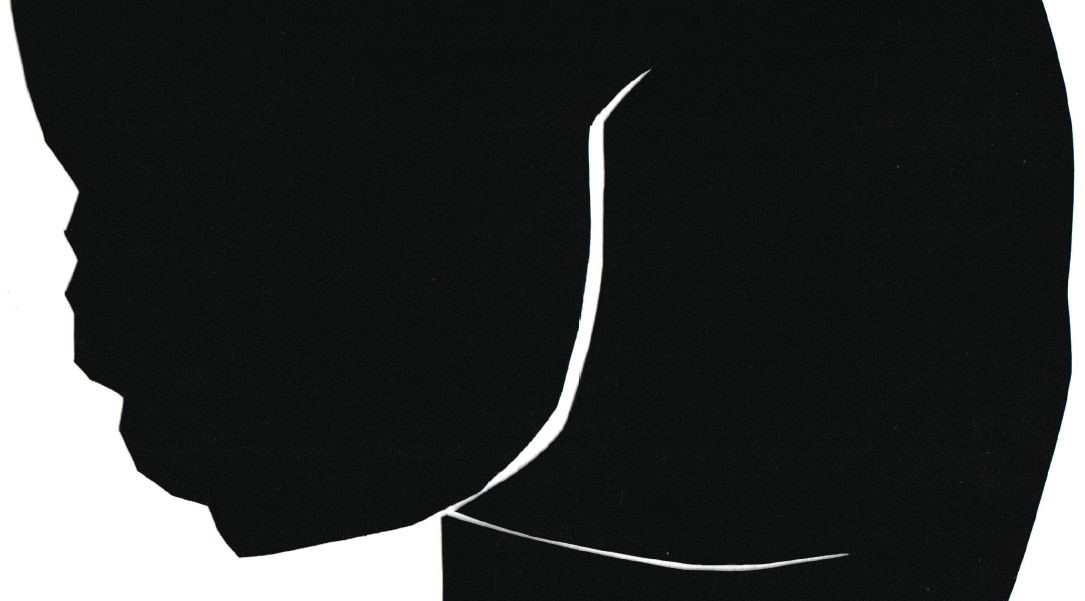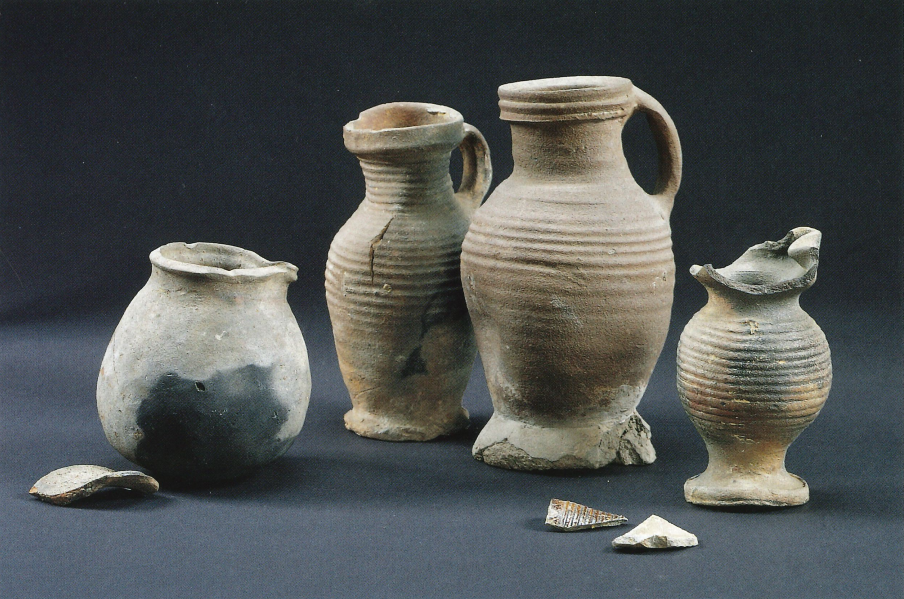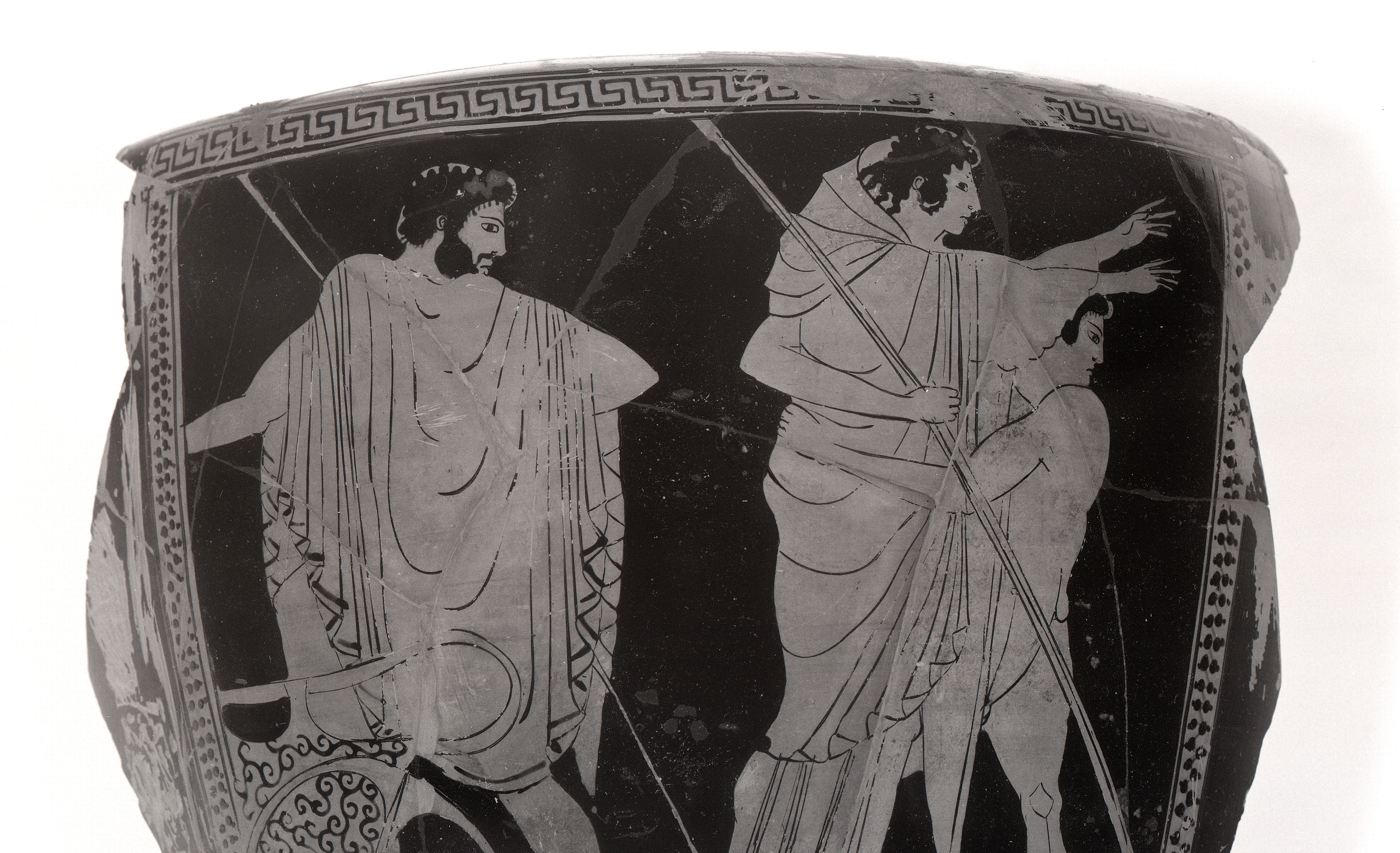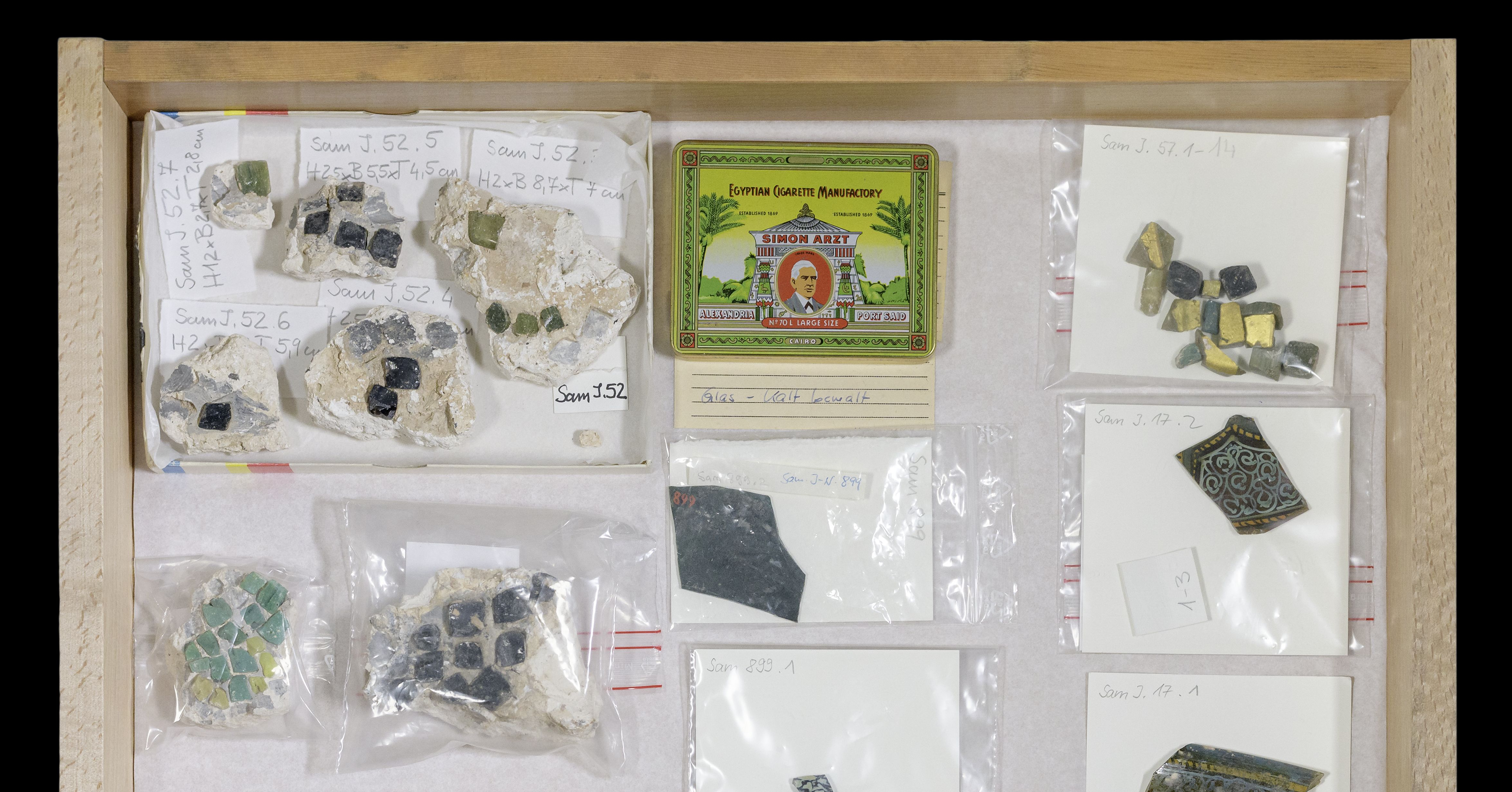en
- de
- en
This online exhibition explores issues of partition and completion, preservation and destruction, remembrance and forgetting. It was created as part of the special exhibition In:complete. Destroyed - Divided - Completed (on view at the Kunstbibliothek, Sept. 30, 2022 to Jan. 15, 2023). It combines objects from 23 museums within the Stiftung Preußischer Kulturbesitz from prehistoric times to the present.
un:protected ♦ How can museums protect their artworks from destruction? un:important ♦ What does a museum collect and how does it preserve their objects for future generations? un:known ♦ Do museums only display masterpieces and authentic testimonies of the past? un:seen ♦ When is a work of art considered "complete"? un:usable ♦ What does collecting do to objects and according to which criteria do they become parts of museums? un:forgettable ♦ How do we understand art in the age of reproduction?
The destruction of objects and how museums protect themselves from it
Many of the fragments stored in museums are the result of natural disasters and accidents, but also of war and wanton destruction. They remind us of the fragility of things and make us aware of the limits of preservation. In this section we are presenting selected objects from the exhibition "in:complete". Based on their story, we also address initiatives to protect museum objects from damages caused by deliberate destruction and war-related fragmentation.
Wilhelm Lehmbrucks
"The Kneeling Woman"
Since its opening in August 1919, "Die Kniende" ["The Kneeling Woman"] has been part of the permnanent collection in the New Department of the Nationalgallerie in the former Kronprinzenpalais [Crown Prince's Palace]. Shut down by the National Socialists, all the works there were transferred to the main building on the Museum Island by 1937. Here a decision was to be made as to which works of art were to be confiscated as "degenerate". Lehmbruck's sculpture, however, was overlooked. Due to its fragility, it was kept in a specially locked room and remained in place. However, this saved the object only temporarily: in early 1945, the building was hit by a bomb - only the torso of the sculpture remained.
Clemente Bandinelli
The Portrait of Baccio Bandinelli
In the mid-16th century, Clemente Bandinelli created a terracotta relief with the portrait of his famous father, the sculptor Baccio Bandinelli. To protect against bombing raids, the portrait was stored in the anti-aircraft bunker in Friedrichshain from 1941 onwards. A fire that broke out here shortly after the war ended, destroyed the fragile relief. The remains were taken away from Berlin to the Soviet Union at the beginning of 1946. Although partially restituted to the GDR in 1958, another part is still kept in St. Petersburg to this day. The exhibition, therefore, presents the fragment of a fragment.
Protection from war destruction
Yesterday
Most of the fragments that are kept in the collections of the Staatliche Museen zu Berlin are the results of the Second World War and the allied bombings. Museums tried to protect themselves from this by moving their collections to museum storage rooms and shelters all over the city. In some cases, they were also moved to mines, salt works or other locations hundreds of kilometers away.
Removal of objects
Starting in the early 1940s, many objects were stored in the bunkers at Bahnhof-Zoo and in Friedrichshain. Even here, however - as the story of Bandinelli's terracotta relief shows - they were not always safe from destruction.
Where is it stored?
Houses such as the then Museum für Deutsche Volkskunde (one of the forerunners of today's Museum Europäischer Kulturen) kept precise records of their removals. In addition to urban bunkers, they also included places in the countryside such as Lebus an der Oder.
Bombing the Depot
It was only in 1943 that the Museum für Deutsche Volkskunde [Museum of German Folklore] together with the Museum für Vor- und Frühgeschichte [Museum of Prehistory and Early History] had acquired 59 boxes of valuable stoneware from the 14th and 15th centuries. The so-called "Siegburg ceramics" were stored in the storage facility in the Splittgerbergasse (near Fischerinsel) and suffered severe damage from several bombings. After the war, remnants of this purchase were recovered and are now stored in the depot of the Museum Europäischer Kulturen.
Protection from War Destruction
Today
War-related fragmentation is not just a thing of the past. Whether as a result of bombing or as an intentional part of warfare, cultural objects are still being destroyed and damaged in many places around the world today. Various initiatives actively take action to address the problem.
Blue Shield
Blue Shield International is a UNESCO-affiliated organization in The Hague. It works toward the protection of cultural property from the effects of armed conflict and disasters. The organization was founded with the participation of four international professional associations in the fields of archiving, museology, heritage conservation and librarianship. One of Blue Shield's activities also involves the protection of cultural heritage in Ukraine.
Syrian Heritage Archive Project
Starting with the digital documentation of the Museum für Islamische Kunst [Museum of Islamic Art] in Berlin and the German Archaeological Institute, the Syrian Heritage Archive Project (SHAP) is a project of the Syrian Archaeological Society. Since the project was launched in 2013, approximately 270,000 photos, plans and documents from more than 80 collectors were added to this extensive collection of photos, plans, maps and reports. The digital archive provides a basis of information for the reconstruction of destroyed monuments and for the preservation of Syria's cultural heritage.











